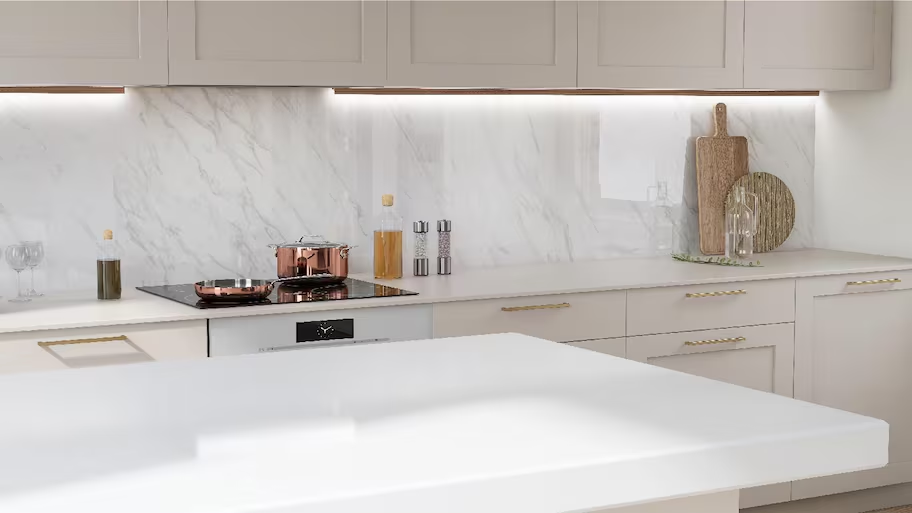How about a pool? Should you use your home’s equity to pay for it?

Equity loans are a kind of a second mortgage that may be used to pay for large purchases like pools. Having built up equity in your home, this loan is given to you for a lengthy period of time at a set interest rate. When a borrower has made mortgage payments for a set period of years, he or she will have built up equity in the home.
A home equity loan might be a smart way to finance a pool if you’ve lived in your property for a while and have built up a substantial amount of equity. However, before diving in headfirst, it’s a good idea to weigh all of your financing options for the pool and choose the one that works best for you.
Pros
Some of the numerous advantages of using a home equity loan to pay for a swimming pool’s installation are as follows.
Incredibly alluring interest rates
A home equity loan’s interest rate is often lower than that of a credit card or personal pool loans.
The APRs are set in stone
A borrower may estimate how much money they will need to pay for a pool since the interest rate on home equity loans is often set. Interest rates on credit cards and HELOCs are vary, though. There is a risk that these interest rates, like market rates, may increase annually, leading to greater payments.
Higher possible gain from the sale of your home
Adding a swimming pool to your home might significantly boost its resale value if you reside in a part of the country with year-round mild weather and where the availability of such amenities is high. But in certain areas, especially those with shorter summers, the added cost of maintaining a pool may deter purchasers. If you’re concerned that installing a pool would lower your home’s resale value, you should talk to a real estate expert about the current situation of the market in your region.
How much does one typically spend to build a pool?
Costs to construct a pool may range widely depending on factors including its size, the complexity of its design, the quality of the materials used, and the going rate for labour in the area. The average American backyard pool is an in-ground design of 12 by 24 feet and lined with fibreglass, as reported by a website dedicated to remodelling existing homes. Around $50,000 is needed to build this pool. A simple above-ground pool with a vinyl liner, aluminium frame, and ladder (but no deck) may be purchased for as low as $1,500, while a completely enclosed “infinity pool” with a concrete liner can cost upwards of $110,000. The most affordable option is a $1,500 above-ground pool that has no extras.
Conclusion
The annual upkeep and running expenses of a pool are estimated to be between $3,000 and $5,000, according to a computerised directory of home-improvement service providers. Supplies, extra water and power use, and the expense of employing pool-service specialists to open and shut the pool each year, as well as execute routine cleaning and maintenance, all contribute to these figures. After a pool is built, there will be ongoing expenses like cleaning and heating the water. It’s possible that you might save $1,000 annually by handling everything on your own, but doing so may need costly new tools.





